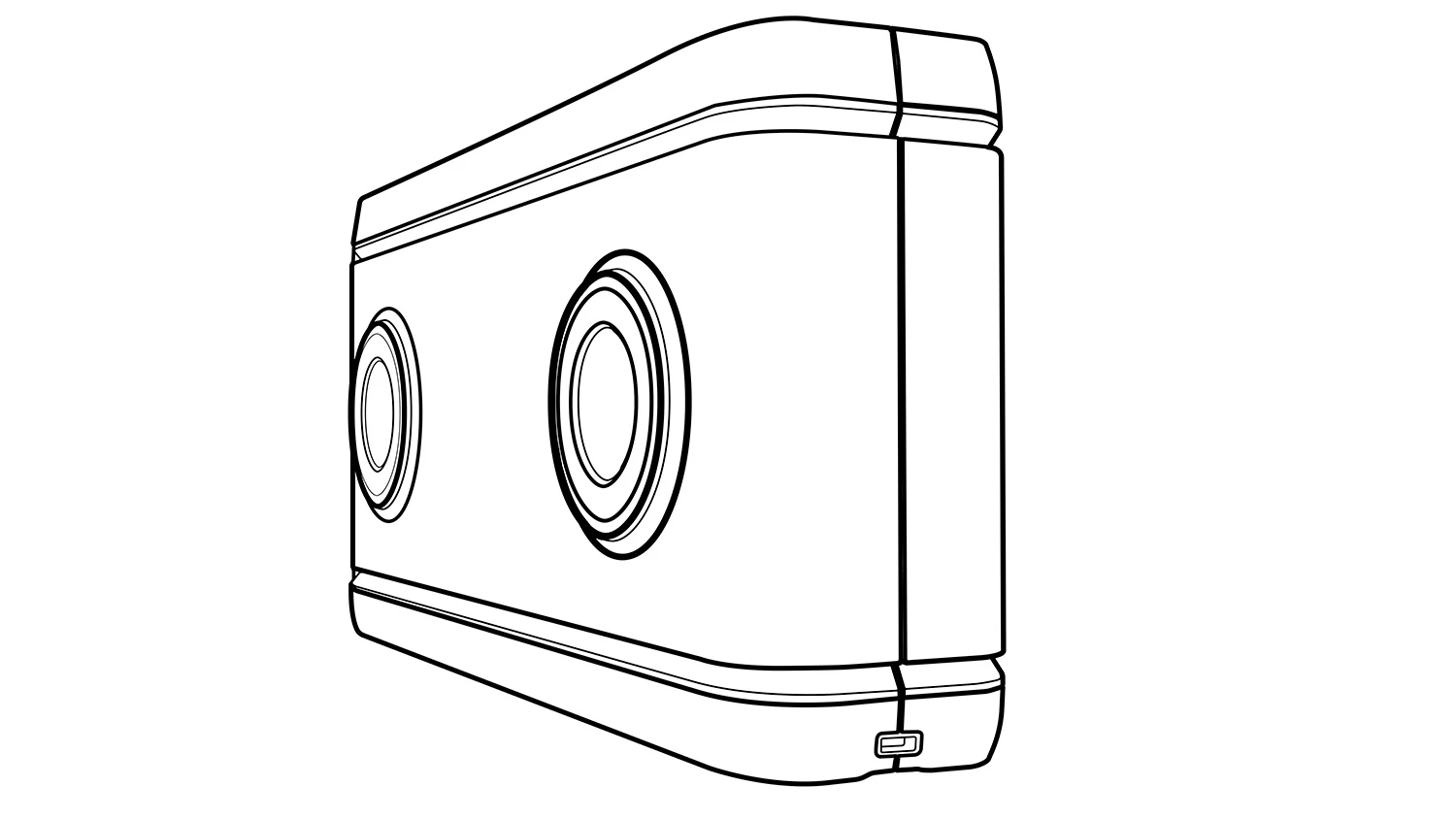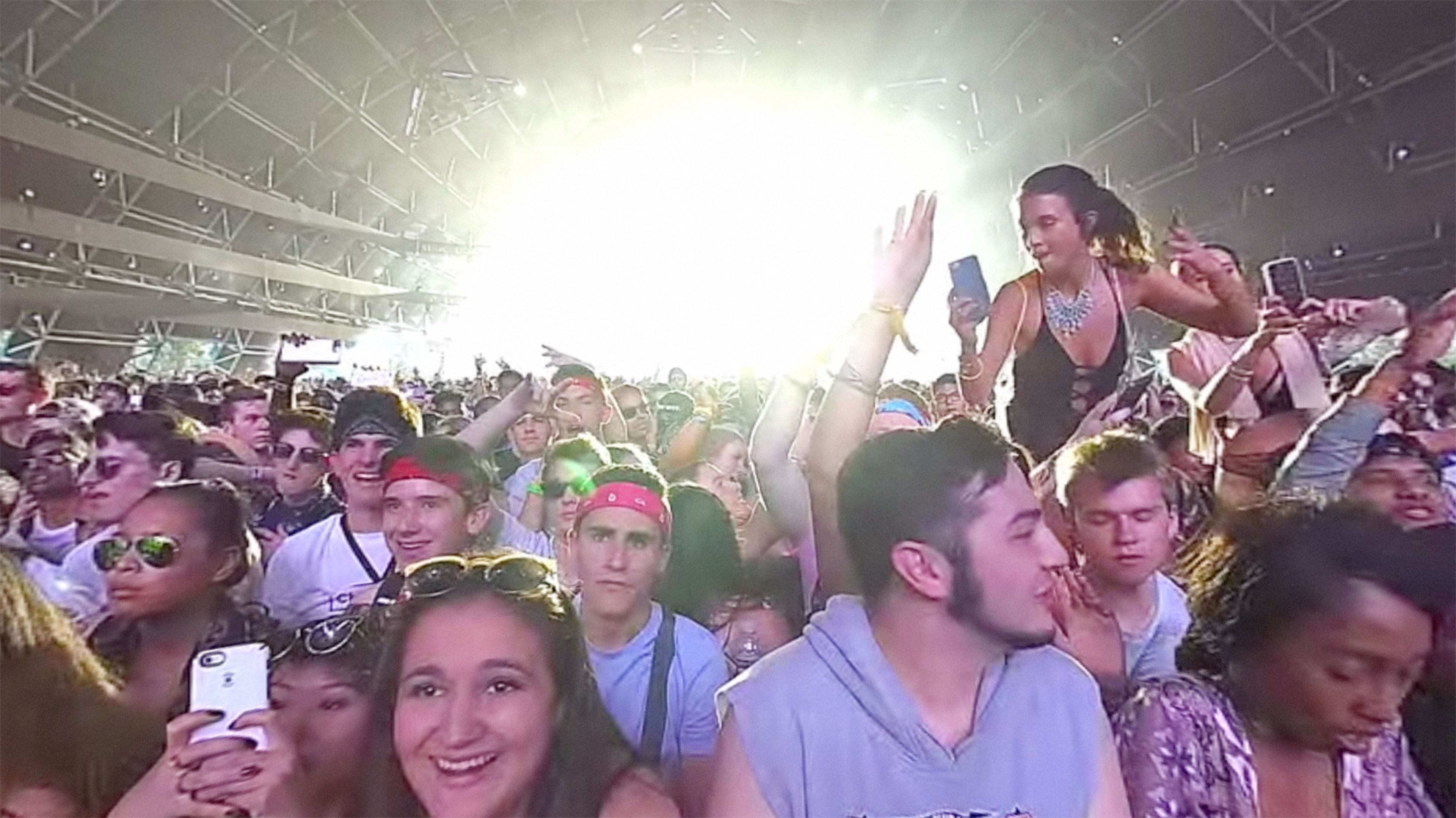YouTube thinks that immersive videos are the future, and that as viewers’ appetites for them grow, creators will respond to meet that appetite.
But shooting high-quality virtual reality video requires expensive cameras. As a result, while the number of 360-degree videos available on YouTube today has multiplied into the tens of thousands since it launched the format in 2015, the quality is often middling. Solving some of these problems could help VR become what some analysts expect will be a $38 billion industry by 2026.
Today, YouTube–along with Google’s Daydream virtual reality team–introduced a new video format, called VR180, as well as specs for cameras that shoot in the format. These new products, YouTube says, will make creating high-quality VR videos cheap and easy for everyone. The company hopes that that will lead to an explosion in the amount of VR content available on YouTube.
New Format
According to Erin Teague, YouTube’s lead VR product manager, one of the biggest problems with 360 video is that image quality is sacrificed when editing software stitches together the output from the multiple lenses on cameras, like Ricoh’s Theta, that shoot in 360 degrees. Creators also often struggle with the fact that when making 360 videos, they either have to worry about making sure nothing or no one gets in the way of what they’re shooting.
The solution to both problems, Teague explains, is 180-degree video. By limiting what viewers see to 180 degrees, creators don’t have to worry about anything behind them interfering with their shots, or that image quality suffers in a video-stitching process.
That’s the idea behind VR180, which offers high-quality stereoscopic video–meaning that what’s close to the camera looks close to viewers, while what’s far away looks far away. When viewed on mobile or desktop, VR180 videos look the same as normal 2D YouTube content, with the edges on both side cropped. But when watched on a VR headset, viewers will see 180 degrees of high-quality, stereoscopic immersive video. (The format is compatible with Google Cardboard, Google’s Daydream VR, and Sony’s PlayStation VR.)
VR180 also supports live streaming, which Teague says makes the format ideal for shooting and live-streaming sports, music, and other entertainment.
Teague says YouTube is still fully committed to supporting 360 video, but that with the launch of VR180, it’s giving creators more choice. “We think that with different content types, both 360 and 180 will shine,” she says.
New Cameras
With a new video format comes the need for new cameras to create content. That’s why Google’s Daydream team has been working with LG, Lenovo, and Yi on the development of devices geared to shooting VR180 video. The cameras are expected to be available later this year, and each should have the same size, weight, and price of standard point-and-shoot models. The prices have not been disclosed.
YouTube knows it has to seed the new VR180 ecosystem with content, so it already has a number of cameras available at its YouTube Spaces studios in cities like Los Angeles, New York, London, and Paris. Content creators will be able to borrow those cameras effective immediately by reaching out to their Spaces partner manager, Teague says.

The development of the VR180 format, and the forthcoming release of compatible cameras, isn’t expected to undercut Google’s efforts to promote high-quality 360-degree VR content. In April, Google announced the $17,000, second-generation Jump camera, produced by China’s Yi. That 17-lens device is designed for professional content creators.
By comparison, the new VR180-ready cameras are expected to be used by everyday content creators, including regular people who want to go to events, pull a device out of their pocket, and feel confident that they can start shooting high-quality VR footage without any of the time-consuming and expensive setup required of a professional 360-degree production.
“It’s definitely a consumer experience,” Teague says. “Anyone can buy [the cameras], and anyone can use them.”
Recognize your brand’s excellence by applying to this year’s Brands That Matter Awards before the early-rate deadline, May 3.
